The workshop "Traceability Authentication - The driving force for sustainable development of Vietnam's Digital Economy " held on July 8 in Hanoi proposed many urgent solutions to the rampant problem of counterfeit goods.
Figures from the Ministry of Public Security show the severity of the problem. In the first five months of 2025, authorities handled more than 40,000 cases of smuggling and counterfeiting. The total value of fines reached VND6,500 billion. The most worrying is that counterfeit goods are concentrated in food and pharmaceuticals - items that directly affect people's health.
"Counterfeit goods are a problem from supermarkets to hospitals, posing a big challenge to authorities and causing confusion for consumers," emphasized Colonel Pham Minh Tien, Deputy Director of the National Data Center.
Colonel Pham Minh Tien, Deputy Director of the National Data Center, talks about the current situation of counterfeit and fake goods. Photo: Chi Hieu . |
According to experts, the main reason why counterfeit goods still exist is the lack of a unified authentication system. Identification codes have not been standardized nationwide. Data is scattered across ministries and sectors and not centralized. Current traceability is only a formality and does not reflect the actual supply chain.
Applying blockchain technology to fight counterfeiting
Experts appreciate the potential of blockchain technology in authenticating the origin of goods. This technology creates a "digital passport" for each product, helping to track the entire journey from raw materials to consumers.
"The deployment of modern traceability platforms, applying advanced technologies such as blockchain, is an important solution to help improve management efficiency and ensure market safety," affirmed Colonel Pham Minh Tien.
Mr. Bui Ba Chinh, Acting Director of the National Code and Barcode Center, said that identification codes can be used throughout the production chain to create a "digital passport" for products. Photo: Minh Son. |
Mr. Bui Ba Chinh, acting director of the National Code and Barcode Center, analyzed that counterfeit goods are currently divided into three main groups: fake brands, fake quality and fake origin. In 2024 alone, authorities handled 47,000 similar cases.
Developed countries such as the US, Canada and Europe have implemented traceability using identification coding throughout the production chain. This system operates effectively and is highly regarded for its reliability.
"This is a digital passport for products, targeting international markets and ensuring the goal of exporting goods," Mr. Chinh commented.
The proposed enterprise has a national authentication platform
Currently, many businesses have developed their own solutions to combat counterfeiting. However, these systems operate in isolation and have not been verified by government agencies.
Mr. Hoang Tuan Anh, Technology Director of Eco Pharma, shared the difficult reality. Enterprises have to create their own solutions such as QR codes to trace products.
"However, counterfeit goods are like a matrix, forcing companies to come up with many different measures," said Mr. Hoang Tuan Anh.
Mr. Hoang Tuan Anh, Technology Director of Eco Pharma, said that there is a need to authenticate the origin of products at the national level. Photo: Minh Son. |
The biggest problem is high operating costs and lack of interconnectivity. Businesses have to invest in many different platforms that are not connected to national data. This wastes resources and reduces efficiency.
"It is necessary to authenticate product traceability at the national level and customers can authenticate right at the point of sale," Eco Pharma representative proposed.
Mr. Nguyen Huy, Head of Technology Department, National Data Association, emphasized the urgency of building a unified system.
"In the context of the whole country implementing digital transformation, applying technology for traceability is mandatory and must be a comprehensive policy from top to bottom," said Mr. Huy.
According to Mr. Huy, only a synchronous management system from central to local levels and applied to all businesses can effectively identify, authenticate and trace the origin of goods.
Currently, Vietnam has published 35 standards on product traceability. However, these standards need to be widely applied and integrated into the actual supply chain.
Source: https://znews.vn/chong-hang-gia-bang-nen-tang-xac-thuc-quoc-gia-post1567032.html


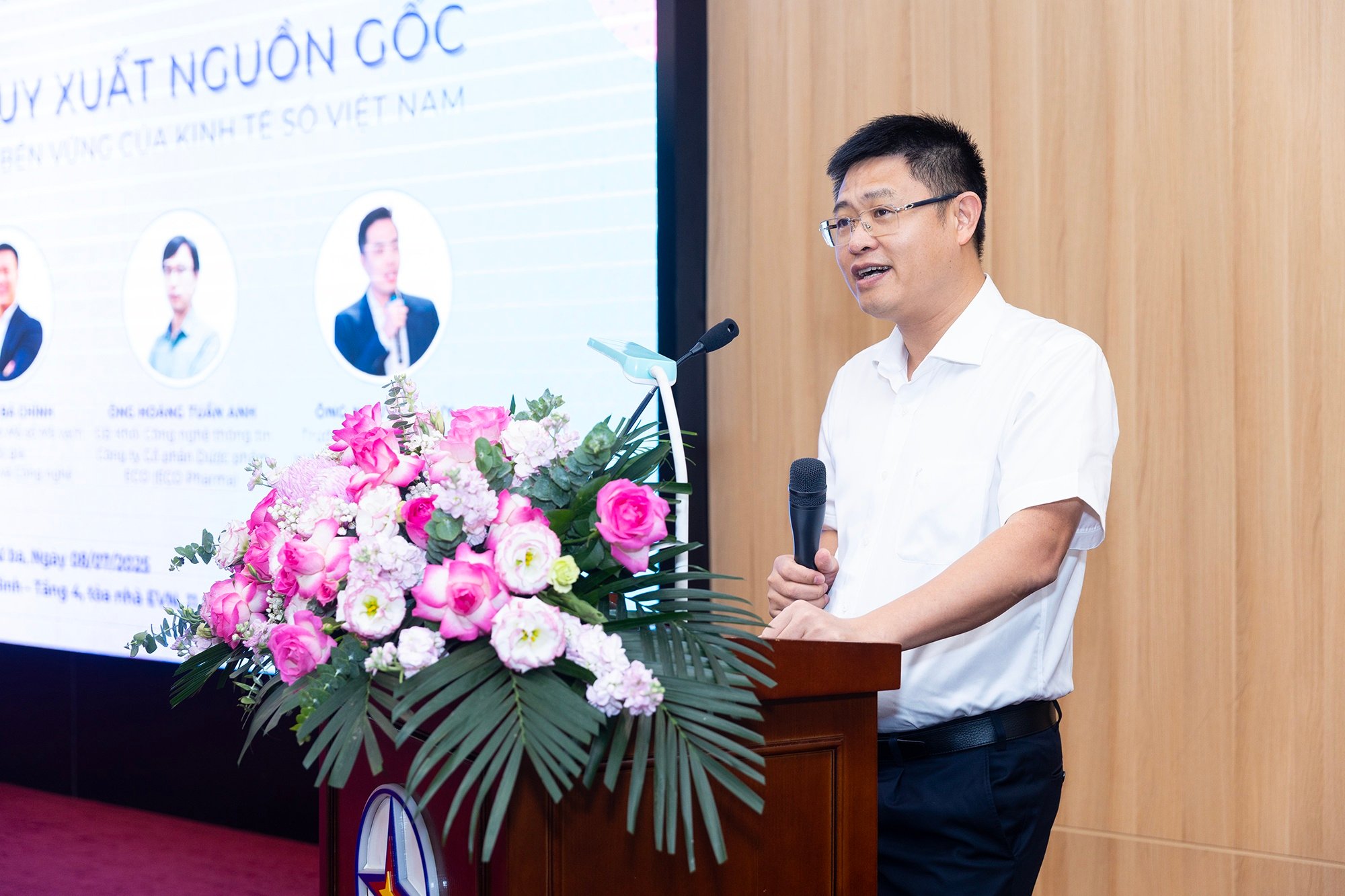

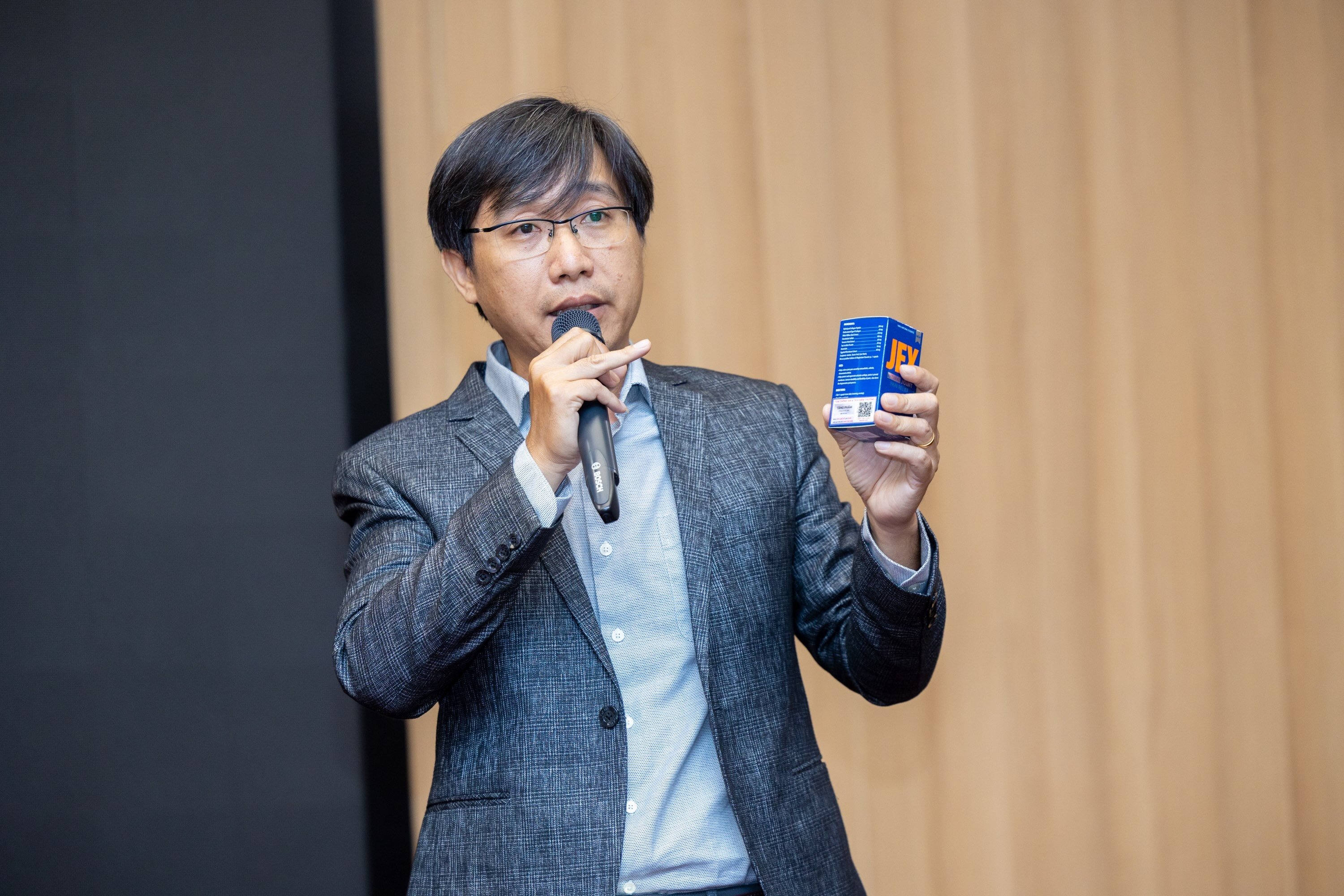

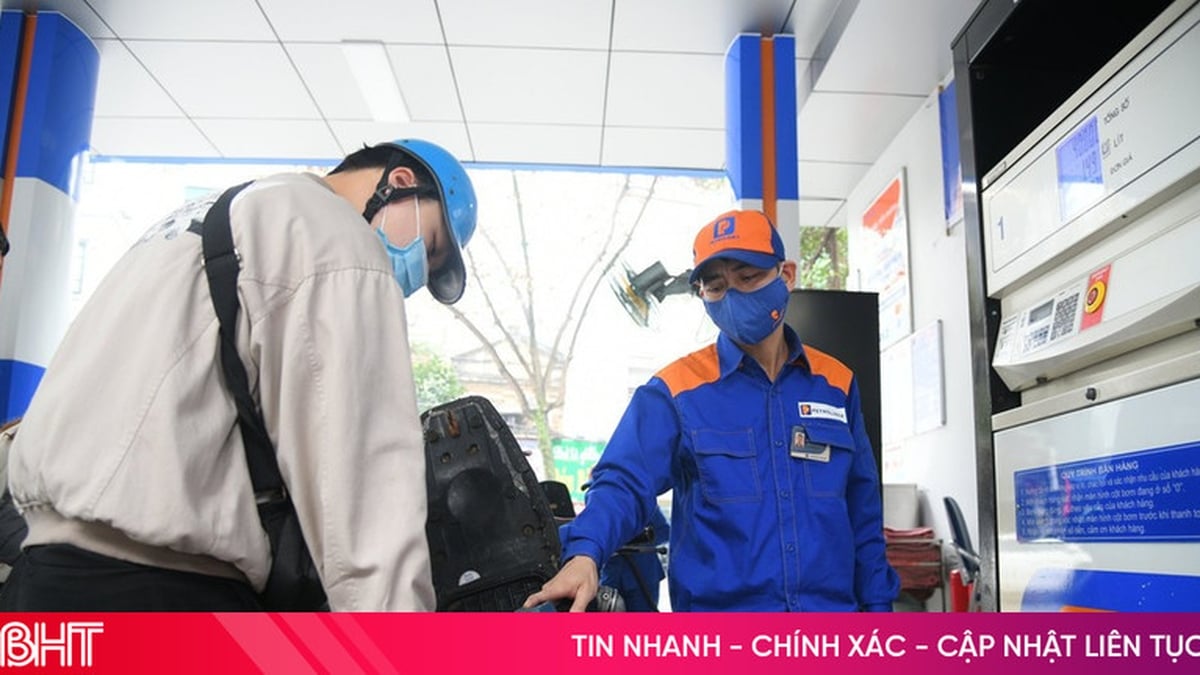
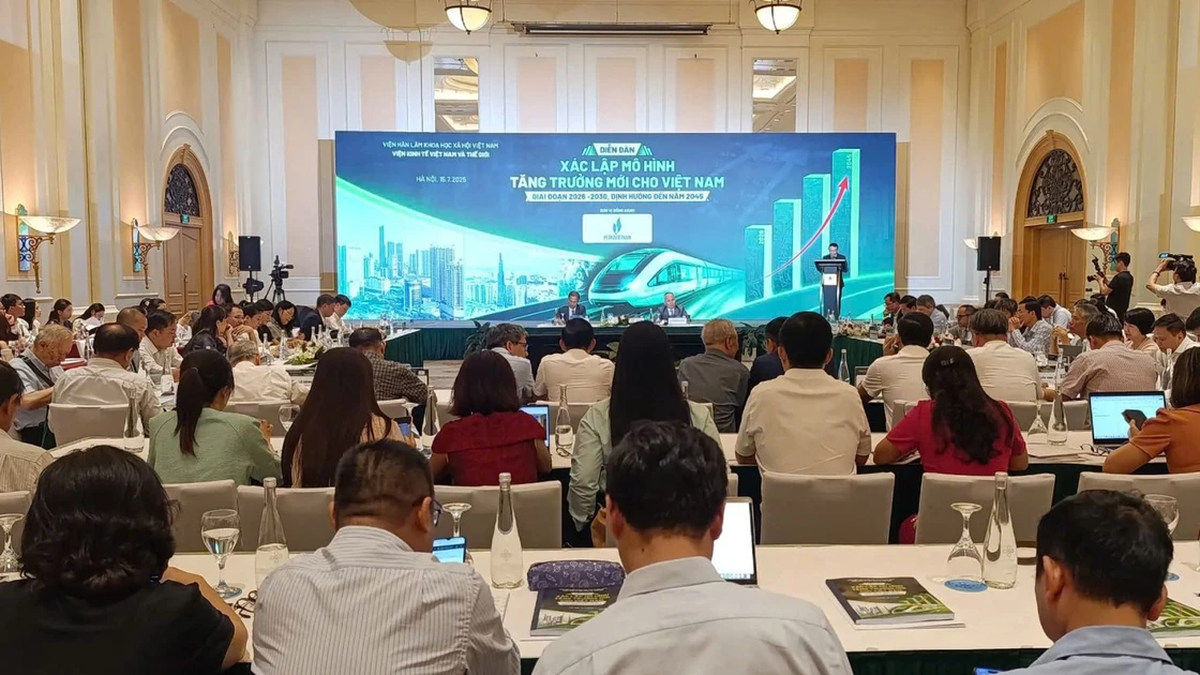

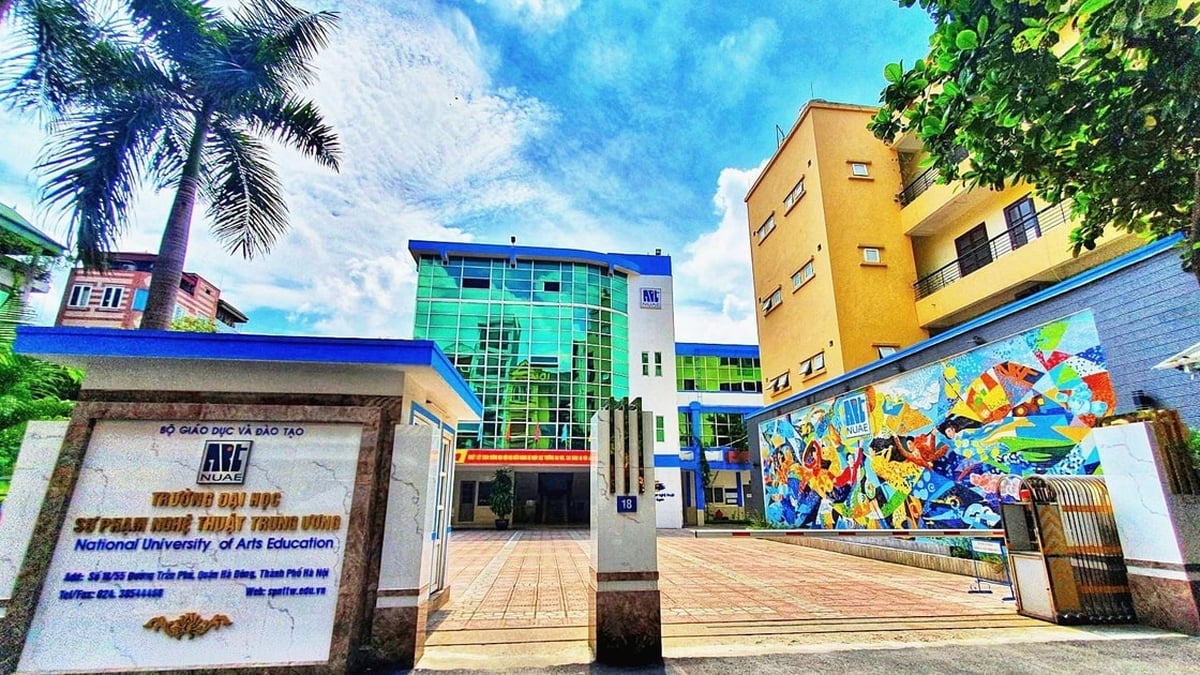
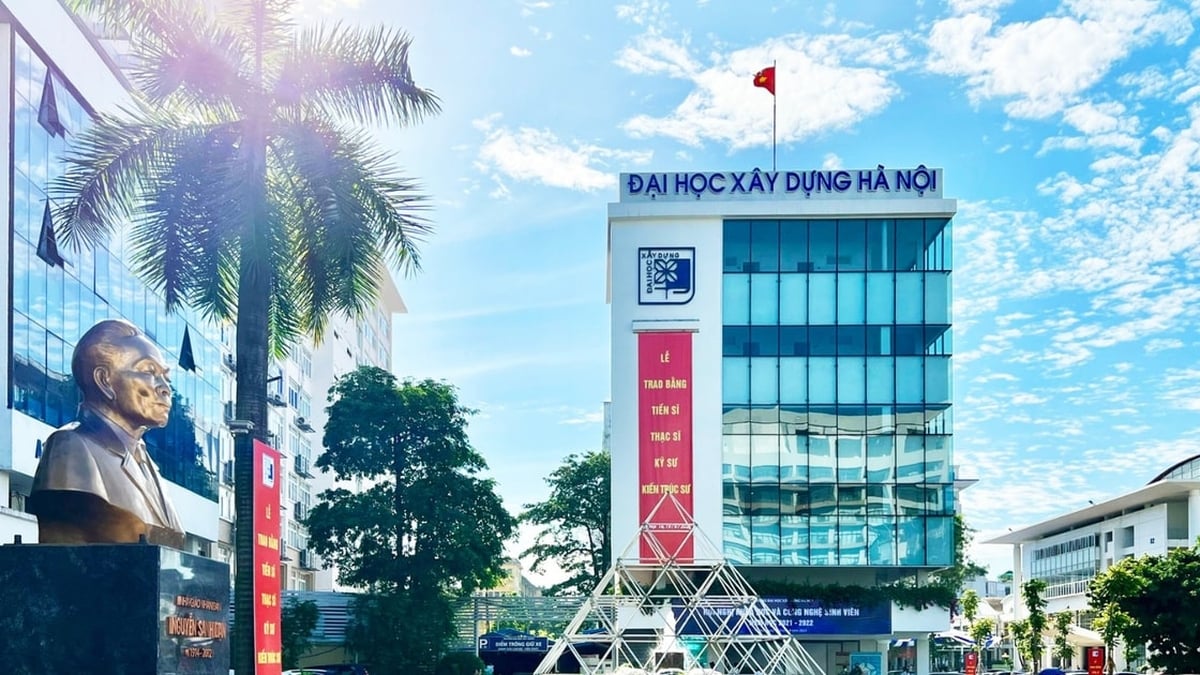


![[INFOGRAPHIC] Open-back headphones, look like a... pill](https://vphoto.vietnam.vn/thumb/1200x675/vietnam/resource/IMAGE/2025/7/16/cd63f007ad404018aa504c1009ce19ba)
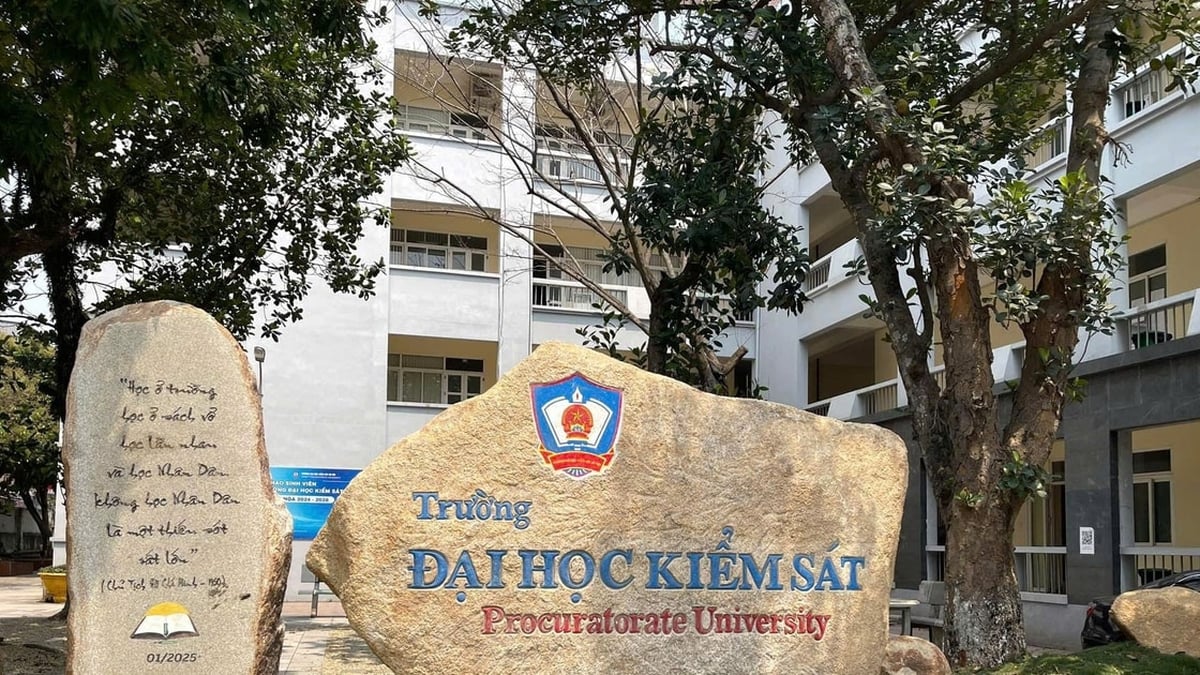



































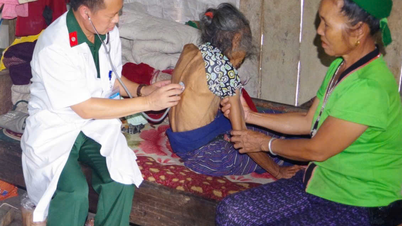














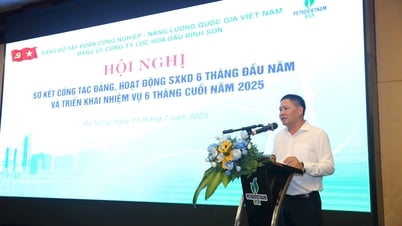







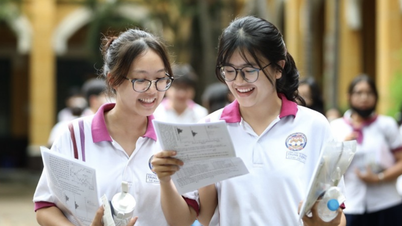





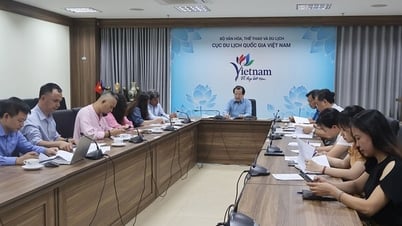

























Comment (0)